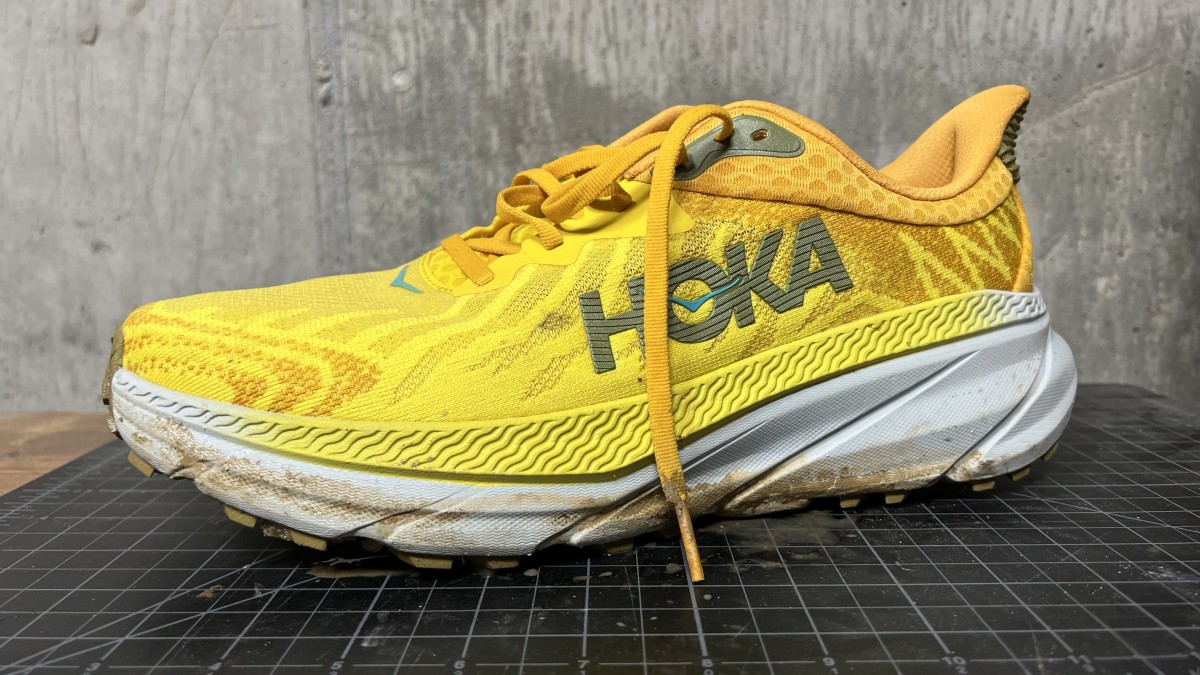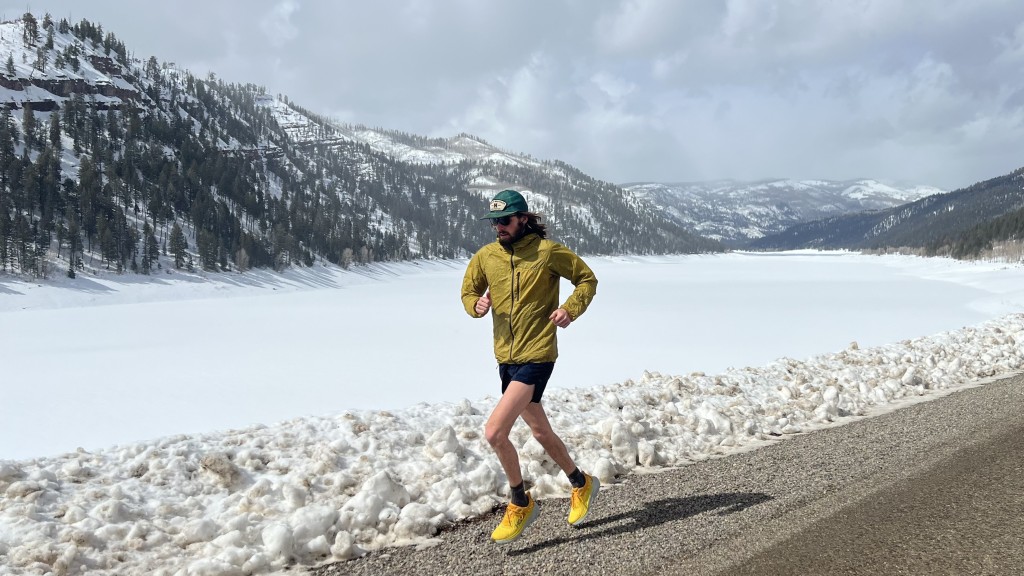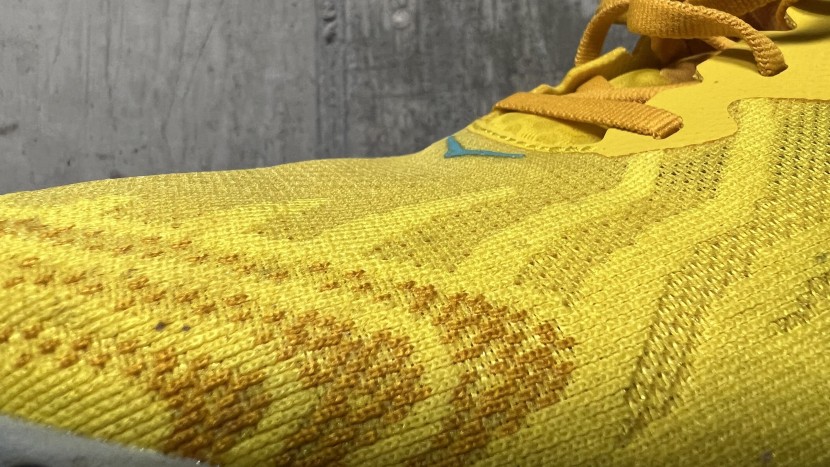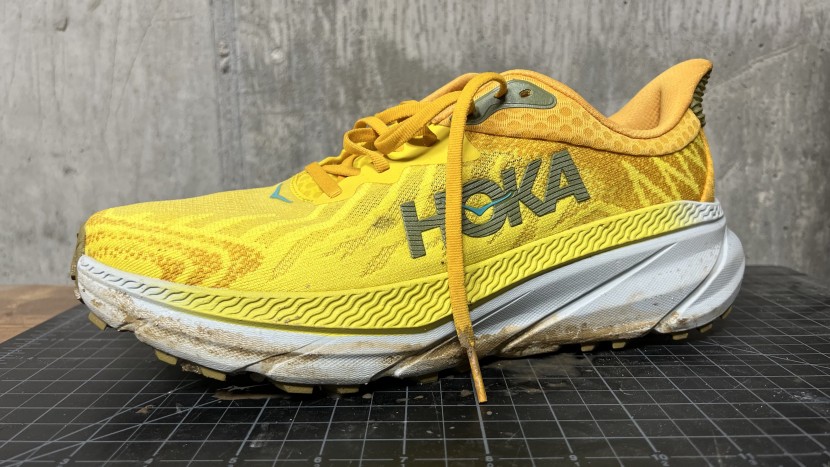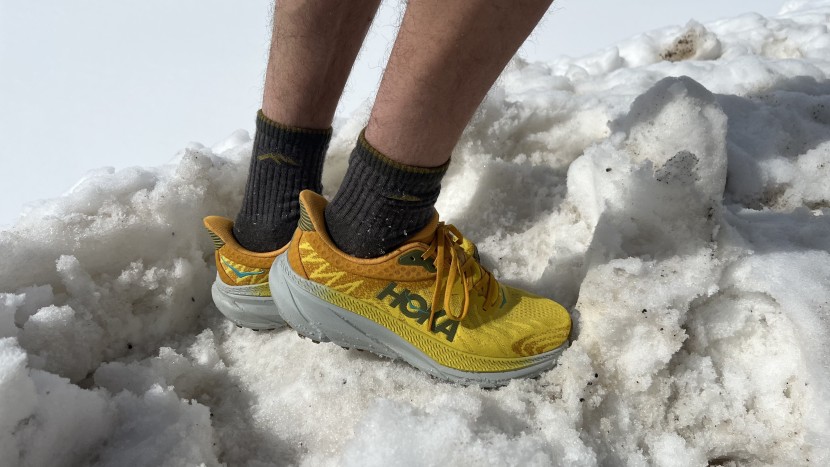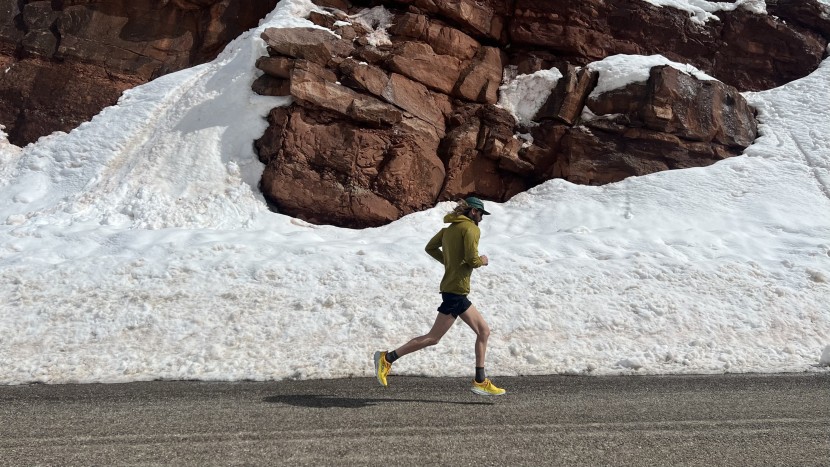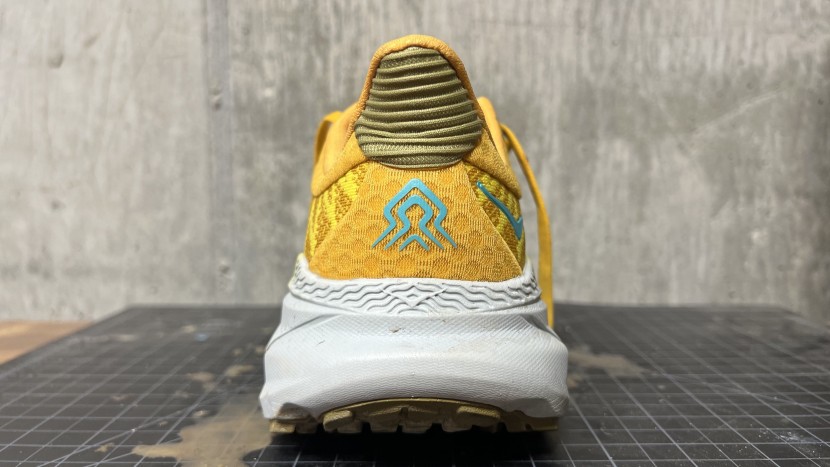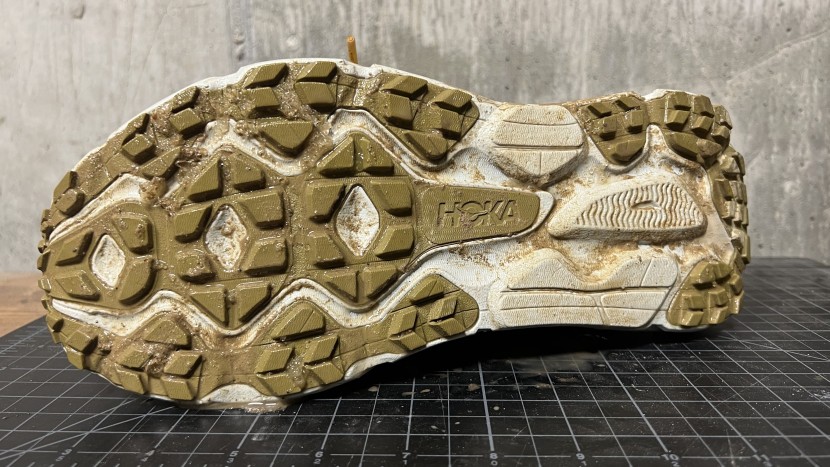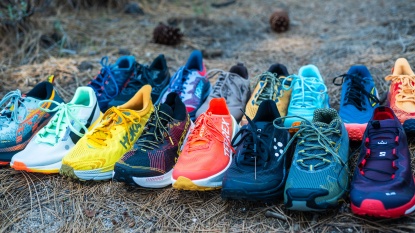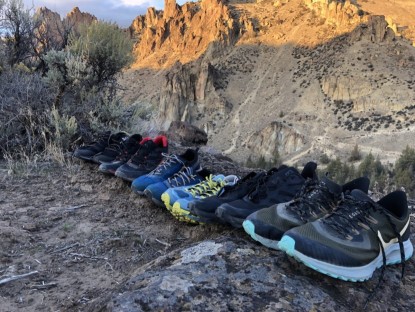Hoka Challenger 7 Review

Our Verdict
Our Analysis and Test Results
The Challenger 7 is supportive, and this can be felt immediately when put on. The midsole feels ever so slightly uneven, providing areas of support on the outer edges which reduce the tendency to pronate. In contrast, the heel feels less supported, largely due to Hoka's rocker design which aims to help with heel striking and roll you into a more progressive push-off. Hoka claims this model is neutral in terms of cushioning, offering little assistance. But we would argue the Challenger 7 is made for those wanting a stable cushioned platform that is great for all-around running and recovery days.
Comfort and Fit
Scoring highest for its comfort, the Challenger 7 is a go-to for easy days. Generally, after a hard day of running, the legs tense up, and stretching them out the following day is crucial. This can often be uncomfortable or even painful, but we found trotting along in these shoes to be comfortable and refreshing — they can almost run for you. The upper is well-designed and similar to the other Hoka's we've tested, and we experienced no blisters or chaffing.
This shoe felt more structured than some of the other Hoka models. The insole and upper midsole are more supportive, which contributes to its overall comfort. The substantial heel rocker helps reduce heel striking to provide a more comfortable roll into takeoff. These features are great for when your feet and legs are tired, as once you fatigue, your form starts to deteriorate quickly.
Stability
The signature wider platform found in this style of Hoka contributes to the overall stability, but the softer foam prevents it from feeling overly rigid. We found this stability to feel firm when running in one direction but lacking in stiffness when hopping, cutting, or quickly switching directions. We felt more collapsing at the edges than we'd like, exacerbated by the higher stack, which puts more torque on the outer edge of the foot.
We found the stability of the Challenger 7 to be more than adequate for running on flatter terrain, and this shoe quickly became a favorite for us when we had an easy day running on gravel or a creek path. The lightness and easygoing nature led to pleasant recovery days, but it isn't our first pick for hard-charging.
Traction
With 3.5 mm lugs, the Challenger 7 has ample traction if you stick to areas it's well-suited for. If you find yourself on more technical terrain, you will wish there were more multi-directional lugs. The increased stack height also does not help when running in trickier places, as your foot is further from the ground. However, on moderate terrain like roads or buffed tracks, this shoe has all the traction you need. Turnover feels fluid, and we felt solid when putting out power and running fast. The Challenger 7 has a narrow range of use cases and provides the best traction on dry, smooth ground. This is definitely not something we'd pick for wet and/or technical terrain.
Foot Protection
The Challenger 7 blends road and trail performance in a lightweight package, surprising us with its foot protection. A large stack height prevents the shoe from ever bottoming out or allowing trail debris from penetrating the insole layer. The upper also has a well-designed toe cap that protects your digits without the inside feeling rough or stiff. This spring-like nature of the midsole prevents very much ground feel in return for providing solid protection. This protection is appreciated on trails, but the subsequent lack of sensitivity makes the shoe less ideal for more technical terrain. It's best suited for gravel roads or light trails with a road following close behind.
Weight
We are always impressed with Hoka's ability to provide substantial cushioning without tipping the scales. Weighing only 9.47 ounces for a US size 10.5, this is one of the lightest shoes we tested. This is great for turnover on roads and two-track, but less ideal on more technical terrain due to the reduced outsole rubber. Still, anytime you can reduce weight but maintain performance is a win in our book, and while the Challenger suffers on more technical terrain, it does great on a blend of road and trails.
Should You Buy the Hoka Challenger 7?
This model is a favorite of ours on recovery days and is great for a blend of road running and gravel paths. Our team generally prefers a more aggressive trail shoe, but there is a place for the Challenger if you don't plan on taking it into more technical terrain.
What Other Trail Running Shoes Should You Consider?
If you are looking for high cushioning suitable for more technical terrain, we'd recommend stepping up to the Hoka Speedgoat 6, which has better traction and more foot protection. If Hokas fit your feet well, but you desire stiffer performance, then we'd recommend the Hoka Torrent 4.


